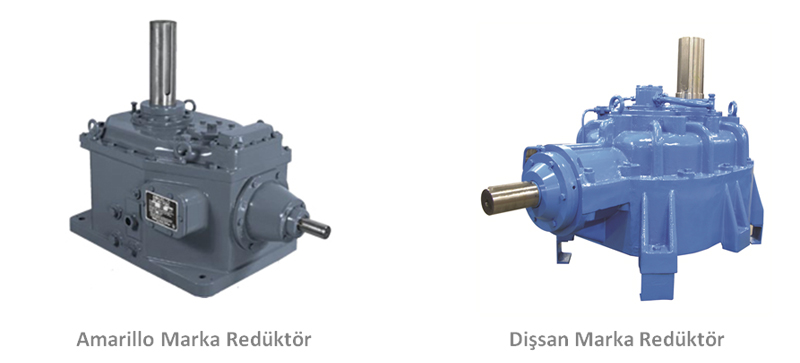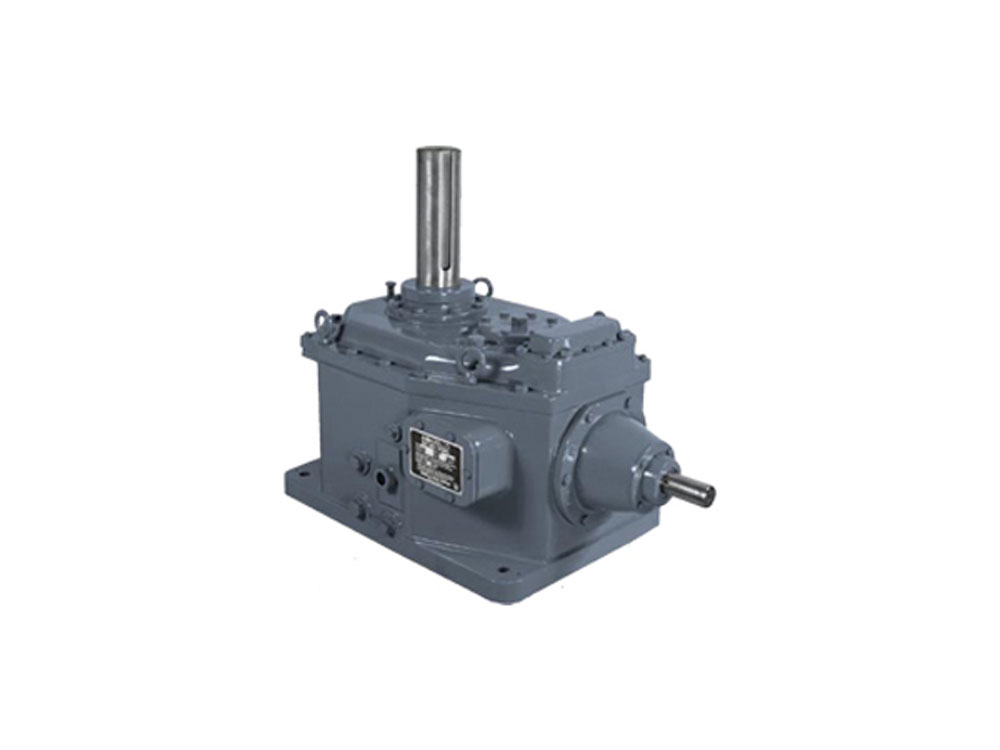


- CORPORATE
- CERTIFICATES
- PRODUCTS
- » Shell & Tube Heat Exchangers
- » Air Cooled Heat Exchangers
- » Serpentines
- » Cooling Towers
- » Shell & Tube Condensers
- » Shell & Tube Evaporators
- » Pressure Vessels
- » Radiators
- » Air Charge Cooler
- » Economizer
- » Water-Oil Heat Exchangers
- » Unit Heaters
- » Spiral Boiler Tubes
- » Plate Heat Exchangers
- » Condensers & Evaporators
- » Direct Contact Steam Condenser (Reboiler)
- » Generator Cooler With Water Cooler
- » Generator Cooler With Air Cooler
- » Compressor Cooler
- » Air Preheater
- » Recirculation Coolers
- » Charge Air Coolers
- » Exhaust Gas Heat Exchanger
- » Transformer Oil Coolers
























- SECTORS - APPLICATIONS
- MEDIA
- CORPORATE
- CERTIFICATES
- PRODUCTS
- Shell & Tube Heat Exchangers
- Air Cooled Heat Exchangers
- Serpentines
- Cooling Towers
- Shell & Tube Condensers
- Shell & Tube Evaporators
- Pressure Vessels
- Radiators
- Air Charge Cooler
- Economizer
- Water-Oil Heat Exchangers
- Unit Heaters
- Spiral Boiler Tubes
- Plate Heat Exchangers
- Condensers & Evaporators
- Direct Contact Steam Condenser (Reboiler)
- Generator Cooler With Water Cooler
- Generator Cooler With Air Cooler
- Compressor Cooler
- Air Preheater
- Recirculation Coolers
- Charge Air Coolers
- Exhaust Gas Heat Exchanger
- Transformer Oil Coolers
- SECTORS - APPLICATIONS
- MEDIA
- CONTACT
Size Nasıl Yardımcı OlabilirizGearbox

Gears
Helical spur gears and helical bevel gears are produced from case hardened steel. After the machining operations of the gears (lathing, thread cutting, burring and keyway cutting), heat treatment operation is performed in order to attain the required cementation depth and a 58-60 HRC surface hardness. After the heat treatment process, the bearing surfaces of the gear shafts, gear bores and teeth profiles are grinded. With profile shifting on the gears, the undercutting on the pinion gears are prevented. Teeth profile grinding process ensures quiet operation of the gearbox.
Shafts
The input shafts of the gearboxes are usually pinion gear shafts. In this case, input gear shaft material is case hardened steel. If the pinion gear on the input shaft is shaft mounted, the input shaft material is C45 quality steel.
The output shafts of the gearboxes are produced from C45 material as well. The input and output shafts are grinded with k6 tolerance until Ø50 mm diameter and with m6 tolerance for diameters greater than Ø50 mm. Threaded centering and dismantling holes are bored into the shaft ends according to DIN 332. The keys and keyways on the input and output shafts are machined according to DIN 6885/1. The keys of the input and output shafts are supplied with the gearbox.
Bearings
Tapered roller or cylindrical roller bearings are used in shafts and gear beds. The bearing selection is made to ensure a lifetime of at least 50,000 hours.
Housing
Housing is GG 20 quality grey cast iron. Housing can be produced with GGG-42 quality sphero cast iron upon request. Special design gearbox housings are produced with welded construction steel.
Oil filling and draining plugs and oil level indicators are present on the housing. Some models have inspection lids to see the gears inside. For heavy gearboxes, lifting rings are placed to ease handling. The oil filling plugs of the gearbox also function as ventilation holes.
Sealing
The sealing between the housing and covers are attained with liquid gaskets and the sealing of the input and output shafts is attained with rubber oil seals.
Shaft Connections
The gearbox output shafts can be connected to the driven machine with elastic or rigid couplings, spur gears or sprocket systems.
In case of connecting with couplings, fine adjustment of the shaft axis and the minimization of the angular and linear misalignment between the shaft axis are necessary to ensure an operation without vibration and to prolong the lifetime of the shafts, bearings and couplings. In case of connecting with gears, the shafts should be parallel and the gears should contact each other along the teeth surface.
It is convenient to connect the input shafts to the motor with belts, elastic, hydraulic or electromagnetic lamelled couplings. In case of connecting with couplings, the shafts should be coaxial. In case of connecting with belts, the shafts should be parallel to secure an operation without vibration and a long lifetime for the connecting elements, the motor and gearbox shaft bearings.
Lubrication
Oil bath splash lubrication is applied for gearboxes working in horizontal position. If the transmission power is close to the thermal power limits or above it; forced lubrication system is applied. In cases where necessary, forced air-cooled lubrication system is utilized.
Vertical operating gearboxes are lubricated with oil bath method as well; however, since splash method is not possible, the oil level should be almost or completely full.
For the vertical operating gearboxes, an alternative method of lubrication is forced lubrication. The gears and bearings at the highest level of the gearbox are lubricated directly by spraying oil, eliminating the need to load the gearbox fully with oil. This prevents problems regarding heating or spilling over of the oil.
Efficiency
A power loss of 1.5% occurs at each reduction stage of a gearbox unit with helical spur gears. For a gearbox unit with helical bevel gears, the power loss is between 2.5-3% at each stage.
For worm geared units, power loss ranges between 5% - 50% depending on the thread number, thread angle, input speed and the quality of the material and machining of the worm gear pair.
Accordingly, efficiency factor for helical spur gear units can be taken as follows:
» Single reduction (1 gear pair) gearbox: 98.5%
» Double reduction (2 gear pairs) gearbox: 97%
» Triple reduction (3 gear pairs) gearbox: 95.5%
» Quadruple reduction (4 gear pairs) gearbox: 94%.
Dyeing
The inner surfaces are dyed with ground coats, the outer surfaces are dyed with ground coat and two finishing coats.
Quality Control
Upon assembly, the gearbox is operated without load and following inspections are done to ensure;
» The gearbox operates without noise and vibration,
» The oil level is sufficient,
» There is no oil leakage from oil seals and covers.
After quality inspection, the gearbox is delivered ready to operate together with maintenance instructions.
Gearbox Selection
First of all, gearbox selection is very important to ensure a flawless operation and a long lifetime. To make the right selection, required technical information and operating conditions for the gearbox should be provided during the order process.
The most appropriate gearbox is selected taking into consideration the technical information and operating conditions stated below. The selection can be made either by the technical staff of the company which will be using the gearbox or by our technical staff upon the submission of the necessary information. If there is more than one gearbox model adequate for the job or project, the most economical option is selected.
Gearbox selection is based on the following criteria:
» Mechanical data of the gearbox
» Type and specifications of the driving motor
» Type and specifications of the driven machine
» Operating conditions
» Environmental conditions
» Cooling possibilities
PRODUCTShell & Tube Heat Exchangers Air Cooled Heat Exchangers Serpentines Cooling Towers Shell & Tube Condensers Shell & Tube Evaporators Pressure Vessels Radiators Air Charge Cooler Economizer Water-Oil Heat Exchangers Unit Heaters Spiral Boiler Tubes Plate Heat Exchangers Condensers & Evaporators Direct Contact Steam Condenser (Reboiler) Generator Cooler With Water Cooler Generator Cooler With Air Cooler Compressor Cooler Air Preheater Recirculation Coolers Charge Air Coolers Exhaust Gas Heat Exchanger Transformer Oil CoolersCONTACT USVelimeşe Mah. Sultan Sok. No:1 Ergene / Tekirdağ
+90 282 676 48 90
+90 533 928 18 25
+90 282 676 48 98
info@konukisi.com
Konuk Isı Mak. San. ve Tic. Ltd. Şti. © 2023 Tüm Hakları Saklıdır.
 +90 282 676 48 90
+90 282 676 48 90










 BACK TO TOP
BACK TO TOP